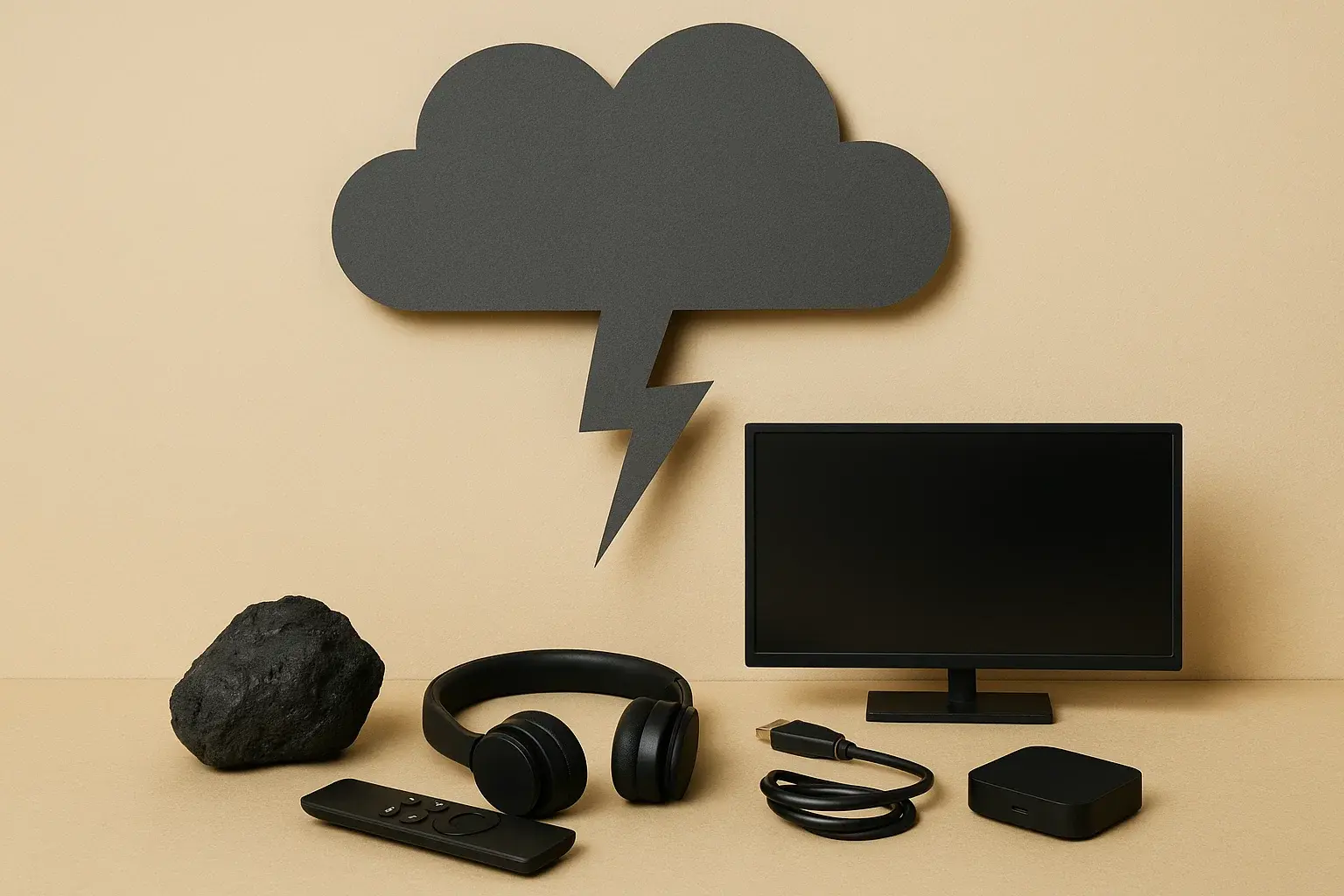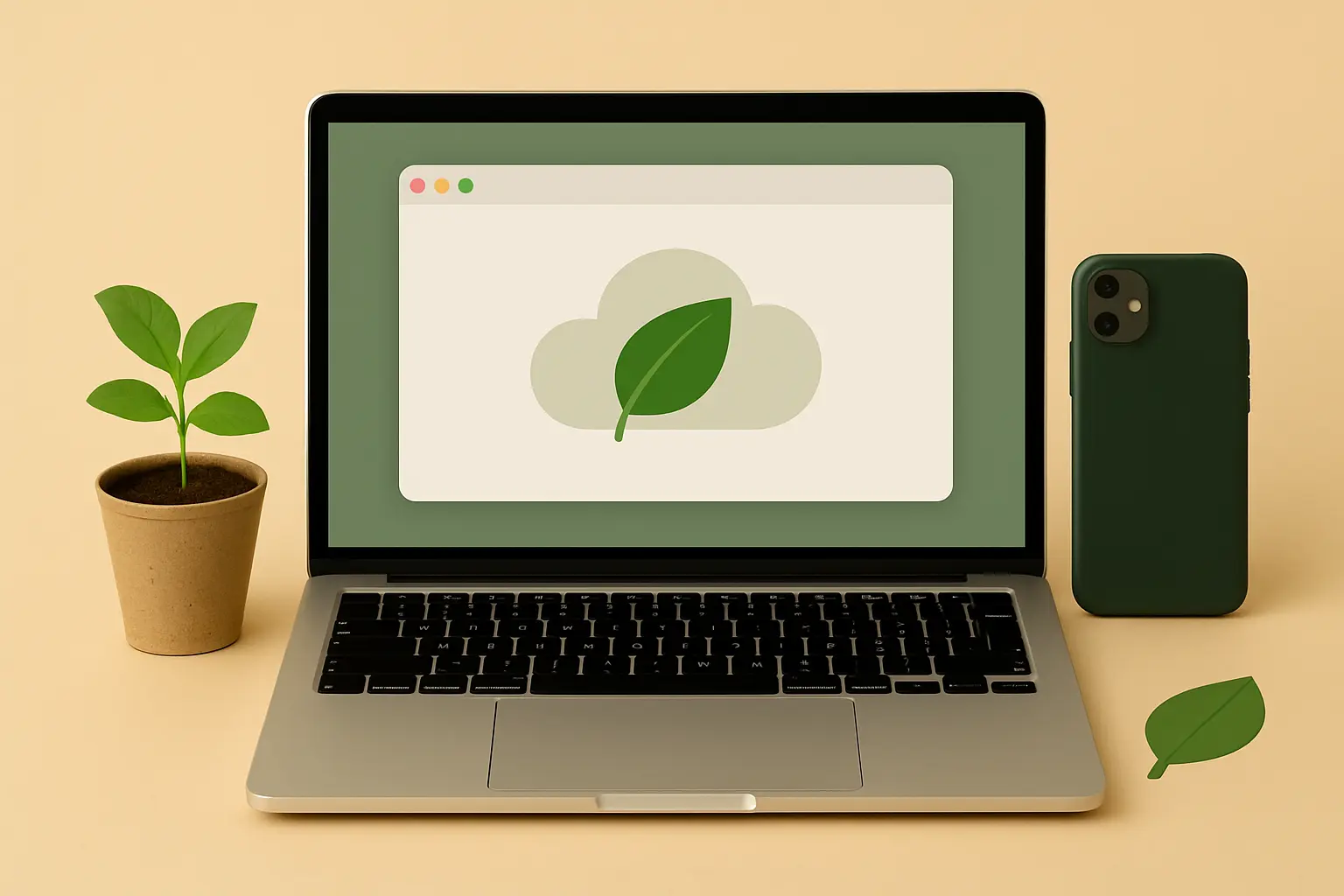The Unseen Gigawatts: Unpacking the Environmental Impact of Your Streaming Habits

In our digital age, streaming has become the dominant form of entertainment. From binge-watching our favorite shows to endlessly scrolling through video feeds, we are constantly consuming digital content. The convenience is undeniable, the access seemingly limitless. Yet, beneath the smooth playback and vibrant visuals lies a hidden energy cost, a digital carbon footprint that contributes to the very climate change we are increasingly concerned about. The question then arises: is our seemingly innocuous streaming habit inadvertently hurting the planet?
While the act of pressing "play" on our devices feels effortless, the journey of that data from a distant server to our screens is anything but energy-neutral. Understanding the infrastructure and processes involved is crucial to grasping the environmental implications of our digital consumption. This exploration delves into the often-overlooked connection between our streaming habits and the planet's health, providing valuable insights that will educate, encourage, and inspire you to consider the environmental impact of your digital entertainment and adopt more sustainable streaming practices.
The Journey of a Stream: From Server Farms to Your Screen
The seemingly instantaneous delivery of streamed content involves a complex and energy-intensive network:
- Content Creation and Storage: The creation, encoding, and storage of vast libraries of movies, TV shows, music, and other videos require significant computing power and storage space on massive servers housed in data centers.
- Data Centers: The Internet's Powerhouses: These sprawling facilities, often located in remote areas, are filled with rows upon rows of servers that operate around the clock. They require immense amounts of electricity not only to power the servers themselves but also for constant cooling to prevent overheating.
- Content Delivery Networks (CDNs): To ensure smooth and fast streaming, content is often distributed across geographically dispersed networks of servers called CDNs. This proximity to users reduces latency but still requires energy for operation and maintenance.
- Data Transmission Infrastructure: The journey from these servers to our homes involves a complex network of cables, routers, and other infrastructure, all requiring energy to transmit data across vast distances.
- Our Devices: Finally, our own devices – televisions, computers, smartphones, and tablets – consume electricity to receive, decode, and display the streamed content.
The cumulative energy consumption across this entire chain, multiplied by the billions of hours of content streamed globally every day, results in a significant carbon footprint. While individual streaming sessions might seem negligible, their sheer scale makes their environmental impact a growing concern.
The Factors Influencing Streaming's Carbon Footprint
Several factors contribute to the energy consumption of streaming:
- Video Quality and Resolution: Higher resolutions (HD, 4K) require significantly more data to be transferred, demanding more energy throughout the entire delivery chain.
- Streaming Duration: The longer we stream, the more energy is consumed. Binge-watching entire seasons has a considerably larger footprint than watching a single episode.
- Number of Users: The more people streaming simultaneously, the greater the overall energy demand on the internet infrastructure.
- Data Center Efficiency: The energy efficiency of data centers varies significantly. Facilities powered by renewable energy and employing advanced cooling technologies have a lower carbon footprint.
- Network Efficiency: The efficiency of the data transmission networks also plays a role in the overall energy consumption.
- Device Efficiency: The energy efficiency of the device used for streaming impacts the final energy consumption at the user end.
Practical Steps Towards Greener Streaming Habits
While the infrastructure supporting streaming is largely beyond individual control, we can adopt more mindful viewing habits to reduce our personal digital carbon footprint:
- Lower the Resolution: When watching on smaller screens like smartphones or tablets, consider opting for standard definition (SD) or high definition (HD) instead of ultra-high definition (4K). The visual difference may be minimal, but the data transfer and energy consumption are significantly lower.
- Limit Streaming Time: Be conscious of your viewing habits. Consider whether you truly need to binge-watch an entire series in one sitting. Spacing out your viewing can reduce the peak demand on the network.
- Use Wi-Fi Over Cellular Data: Wi-Fi connections generally have a lower energy footprint per gigabyte of data transferred compared to cellular networks. When streaming at home, ensure you are connected to Wi-Fi.
- Download When Possible: If you plan to watch content multiple times, especially on the go, download it when you are on a Wi-Fi network instead of streaming it repeatedly using cellular data.
- Turn Off Autoplay: Disable autoplay features on streaming platforms and social media. This prevents unnecessary loading and playback of videos you may not intend to watch.
- Close Unused Streams and Tabs: If you have multiple streaming services or video tabs open, close the ones you are not actively using to free up processing power and reduce network activity.
- Consider Audio-Only Options: For content where visuals are not essential (like podcasts or music), opt for audio-only streaming, which consumes far less data.
- Choose Energy-Efficient Devices: When purchasing new devices for streaming, consider their energy efficiency ratings.
- Support Sustainable Streaming Platforms: Research streaming platforms that are committed to using renewable energy to power their operations. While information on this can be limited, supporting companies with stated sustainability goals can encourage broader industry change.
Our streaming habits, while seemingly passive, contribute to a significant global energy demand. By understanding the infrastructure involved and adopting more mindful viewing practices, we can collectively lessen the environmental impact of our digital entertainment. Small changes in our daily routines, multiplied across millions of users, can lead to a more sustainable way of enjoying the vast world of online content.
Related Blogs

Neutralizing Your Tech Footprint: Choosing Carbon-Neutral Tech Purchases
Support climate action by opting for carbon-neutral certified tech and offset programs.

The Silent Energy Thief: Cutting Down Idle Device Usage for a Sustainable Digital Footprint
Improve energy efficiency and extend device life by implementing power-saving settings.

The Unseen Gigabytes: Cutting Your Streaming Carbon Footprint
Reduce your digital carbon footprint by adjusting streaming quality and habits.

Swipe Right on Sustainability: How Digital Decluttering Cultivates a Greener Lifestyle
Insights on digital decluttering for a greener lifestyle in a sustainable way.

Decoding Disposal: Your Essential Guide to Responsibly Recycling E-Waste
Insights on the rise of ethical tech in a sustainable way.

Surfing Sustainably: Unveiling the World of Eco-Friendly Browsing
Insights on eco-friendly browsing in a sustainable way.
Stay in the Loop
Get tips and insights tailored to your interests — no spam, just sustainability.